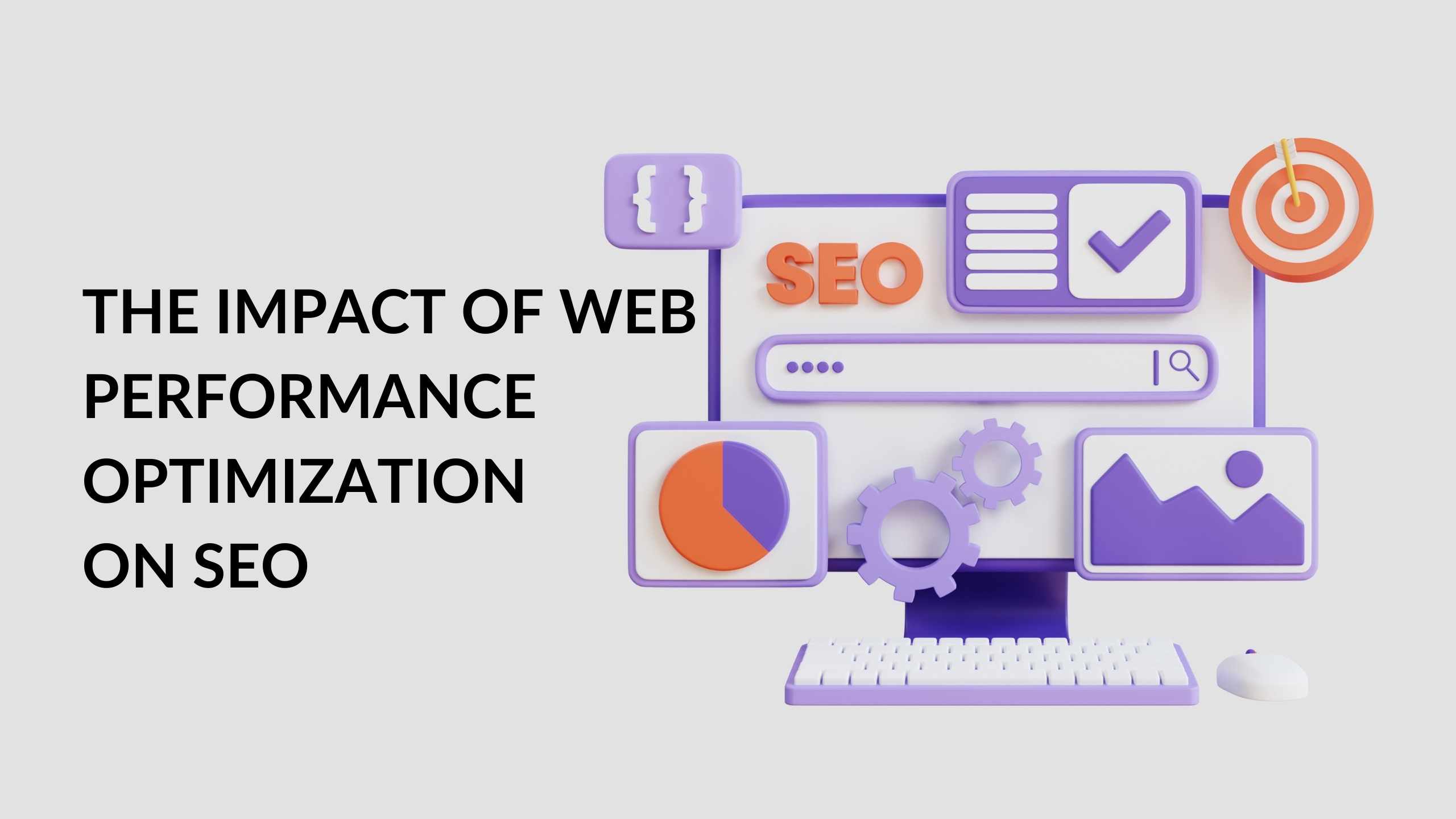Pulse of Information
Stay updated with the latest news and insights.
Speed Demons: Captivating User Experience through Web Performance
Unleash lightning-fast web performance and transform user experience. Discover the secrets to capturing your audience's attention now!
What Are the Key Factors Affecting Web Performance?
Web performance is a critical aspect of user experience, and several key factors significantly impact it. Page load time is perhaps the most important; studies indicate that users are likely to abandon a site if it takes more than three seconds to load. Other factors include server response time, which can be influenced by the server's location and resources, and the size of the content being loaded. Reducing unnecessary data and optimizing images can vastly improve performance.
Another vital factor affecting web performance is browser caching. By storing frequently accessed resources, browsers can reduce load times for returning visitors. Moreover, utilizing a Content Delivery Network (CDN) can distribute content more efficiently, ensuring that users experience faster load times based on their geographical location. Lastly, the use of minification techniques for CSS, JavaScript, and HTML can significantly reduce file sizes, further enhancing overall site performance.

How to Optimize Your Website for Lightning-Fast Load Times?
To optimize your website for lightning-fast load times, you should start by evaluating your current performance using tools like Google PageSpeed Insights or GTmetrix. These platforms provide invaluable insights and allow you to identify elements that are slowing down your site. Some common culprits include large images, excessive HTTP requests, and unoptimized code. By addressing these issues, you can make significant improvements. For instance, you can implement image compression techniques and combine multiple CSS and JavaScript files to reduce load times effectively.
Another critical aspect of optimizing your website for lightning-fast load times is leveraging browser caching and using a Content Delivery Network (CDN). Browser caching enables users' browsers to store certain site elements, meaning they won’t need to be reloaded every time a visitor returns to your page. A CDN, on the other hand, distributes your site's content across a network of servers around the world. This reduces the distance data needs to travel, resulting in quicker load times for users regardless of their location. Implementing these strategies will not only enhance user experience but also improve SEO rankings as site speed is a crucial ranking factor.
The Impact of Web Performance on User Experience and Conversion Rates
The performance of a website is critical to delivering a positive user experience. Studies show that if a page takes more than three seconds to load, users are likely to abandon it, leading to heightened bounce rates. Factors such as server response time, image sizes, and browser caching significantly influence load times. By optimizing these elements, businesses can ensure that their consumers enjoy a smooth and efficient interaction with their site. An improved web performance not only keeps users engaged but also reinforces brand credibility and trust.
In addition to enhancing user experience, web performance directly affects conversion rates. A faster website can lead to higher sales, as users are more willing to complete transactions when they encounter minimal friction during their online journey. Research suggests that even a one-second delay in load time can result in a nearly 7% decrease in conversions. Therefore, investing in web performance optimizations like content delivery networks (CDNs) and compressed files can provide a lucrative return on investment by driving sales and increasing customer retention.